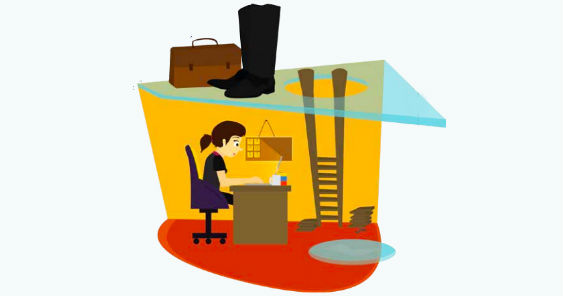Jamie Tolentino works as a digital marketer at a global asset management firm. She writes for TNW (The Next Web) and blogs on the Huffington Post UK.
CONSIDER THE FULL USER EXPERIENCE
Digital experiences can be cool, especially when using technology like AR, NFC and various sensors. However, one must consider the entire user journey that the digital experience initiates. It’s no use asking a user to tap into an NFC ad when there is no data signal or wifi available, or if the landing page is not mobile optimised. Similarly, it’s not efficient when QR codes redirect onto an image-heavy landing page that will gobble up the user’s data plan. Also, when you have a digital campaign that asks the user to call a certain number, it better be attended during the hours that the campaign is running. Just think about the entire user journey as they are consuming your ad, campaign or experience and make the necessary preparations.
OPTIMIZE YOUR IMAGES FOR MOBILE CONSUMPTION
There’s no doubt mobile is a powerful digital channel. However, downloading large images may be painful for the user’s data plan. Therefore, you should always look to optimise your images on a mobile device so that your page, ad or campaign loads faster on mobile and doesn’t take up as much data. There are various ways of doing this, but a simple method would be to serve scaled images which is basically resizing images on your server, and serving it at the size that it’s displayed. For example, if you have an image which has an original size of 367×367 dpi but you’re displaying it at 20×20, it would be better to serve the image in 20×20 or at least a smaller size than 367×367. In this case, the user only uses the data needed to load the smaller image, and the page will also load faster as a result.
CONVERT YOUR ASSETS TO RGB FOR SCREEN CONSUMPTION
When designing for print, one would use the CMYK color model. However, for screen consumption, one should use the RGB color model. If you have a PDF document that you can both print and post online, you might want to make two versions, one in CMYK and RGB respectively so that you don’t end up with a funky-colored document online. It happened to me once, and thankfully our designer caught the CMYK mishap before we released it to the public.
TEST ACROSS A VARIETY OF DEVICES AND IN BOTH SCREEN LAYOUTS
Different devices would render your design differently, so it would be wise to test your designs across a range of them to see if they render appropriately. One time, I uploaded an image of a zebra to complement our branding to a content management system. The zebra looked fine in landscape mode, but only its ass was showing in portrait mode, so we had to make adjustments. In the end, we decided that the image wouldn’t work on both portrait and landscape, so we settled on something else instead.
This article was first published in the May-June 2015 issue of adobo magazine.








